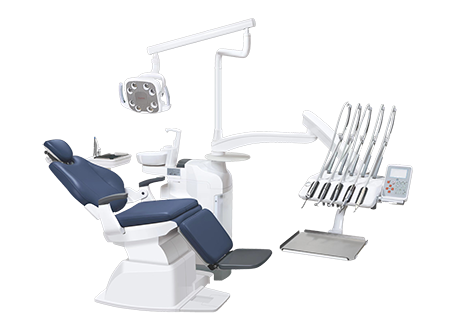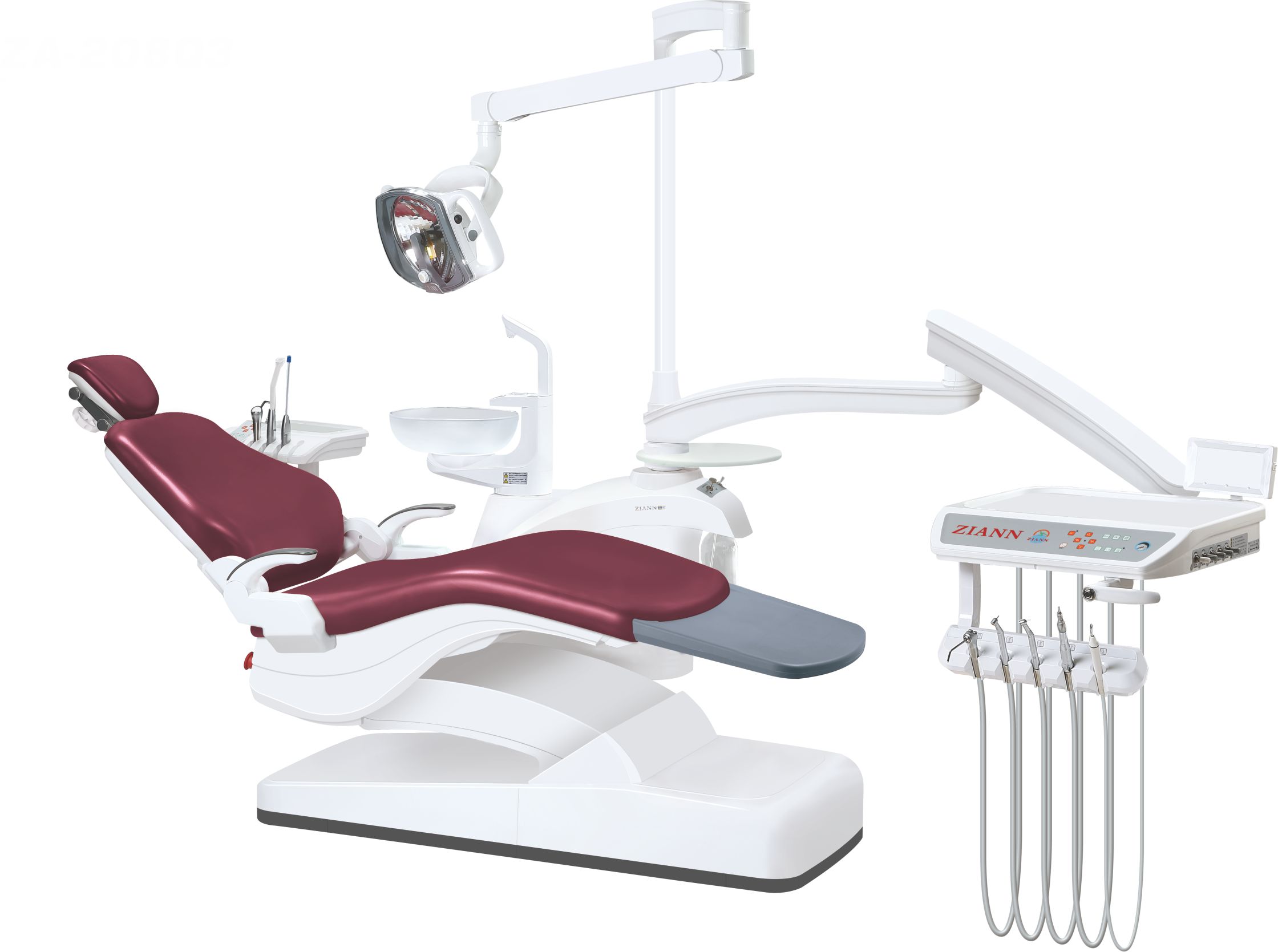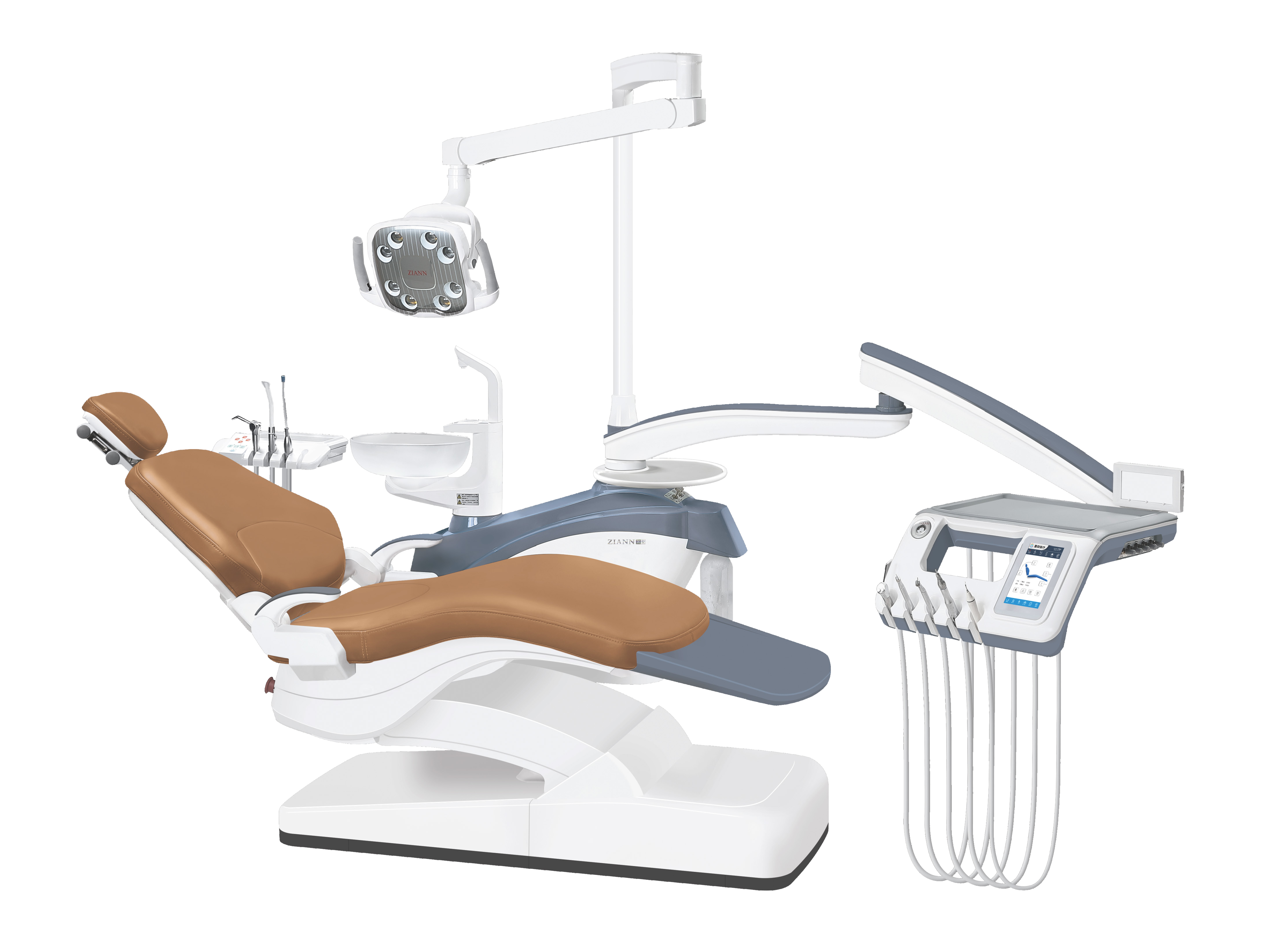A dental chair unit is the central piece of equipment in any dental clinic, integrating multiple components to ensure a smooth and efficient treatment process. Understanding the dental chair parts and their functions is crucial for both dentists and dental technicians to ensure optimal performance, hygiene, and patient comfort.
Essential Parts of a Dental Chair Unit
Dental Chair Base and Frame
The base and frame provide stability and support to the chair. Modern dental chairs are designed with hydraulic or electromechanical systems for smooth height and position adjustments. Regular lubrication and inspection are necessary to prevent mechanical wear.
Dental Chair Upholstery and Padding
The seat, backrest, and armrests are typically covered with durable, easy-to-clean materials like synthetic leather or memory foam padding. Regular cleaning with disinfectant-safe solutions prevents contamination and extends the lifespan of the upholstery.
Dental Delivery System
The delivery system houses essential handpieces, including:
● High-speed handpiece (for cutting and drilling)
● Low-speed handpiece (for polishing and finishing)
● Air-water syringe (for rinsing and drying)
Proper sterilization of handpieces and regular maintenance of air compressors and tubing prevent contamination and ensure smooth operation.
Dental Chair Control Panel
Modern dental chairs come with a touchscreen or button-based control panel to adjust chair positioning, light intensity, and instrument settings. Ensuring that the control system software is updated and buttons are functional is key to uninterrupted treatments.
Dental Operating Light
A high-intensity LED or halogen light is mounted on an adjustable arm to provide clear visibility inside the patient’s mouth. Periodic cleaning of the light cover and timely replacement of bulbs or LEDs ensure adequate illumination.
Dental Suction System (Vacuum System)
The suction system consists of:
● High-volume evacuator (HVE) – removes large debris and saliva
● Saliva ejector – provides gentle saliva removal
● Regular maintenance of the suction tubing, filters, and vacuum pump prevents clogging and ensures powerful suction performance.
Spittoon (Cuspidor) and Water Supply System
The cuspidor (spittoon) allows patients to rinse and dispose of saliva and debris. It is connected to a water supply system that must be flushed and disinfected regularly to prevent bacterial buildup and contamination.
Dental Foot Control (Pedal System)
The foot control pedal operates handpieces, air-water syringes, and other chair functions without using hands, maintaining hygiene. Checking the foot switch wiring and responsiveness ensures smooth operation.
X-Ray Viewer and Additional Attachments
Some dental chair units include an X-ray film viewer or digital monitor for viewing radiographs. Proper care of electronic components and screens is necessary for clear diagnostics.
Maintenance Tips for Dental Chair Units
Proper dental chair maintenance extends the unit’s lifespan and ensures patient safety. Here are some key maintenance practices:
Daily Cleaning: Wipe down upholstery, control panels, and light surfaces with approved disinfectants.
Sterilization Protocols: Handpieces, air-water syringes, and suction components must be sterilized after every patient.
Lubrication of Moving Parts: Apply dental chair lubricant to hydraulic and mechanical components to prevent friction damage.
Waterline Disinfection: Run an antimicrobial solution through the system to prevent biofilm buildup.
Regular Filter Checks: Suction and air compressor filters should be cleaned or replaced per manufacturer recommendations.
Software Updates: If the chair includes digital controls or smart features, ensure that firmware updates are installed.
When to Replace Dental Chair Parts?
Even with proper maintenance, some dental chair components require replacement due to wear and tear. Here are some common signs that indicate replacement is needed:
Cracked or Torn Upholstery: Unhygienic and uncomfortable for patients.
Weak Suction Performance: Indicates clogged or worn-out vacuum pump parts.
Flickering or Dim Operating Light: Requires bulb or LED module replacement.
Stiff Chair Movement or Hydraulic Issues: Suggests failing motorized components or low hydraulic fluid levels.
Malfunctioning Handpieces: Slow rotation speed or unusual noise indicates motor wear.
Unresponsive Foot Pedal or Control Panel: May require rewiring or sensor replacement.
Conclusion
A well-maintained dental chair unit is essential for delivering high-quality dental care. Understanding the functions and upkeep of dental chair parts, including the delivery system, suction unit, foot control, and upholstery, helps prevent unexpected breakdowns. Regular maintenance, timely replacement of worn-out components, and adherence to infection control guidelines will ensure a safe, comfortable, and efficient dental practice environment.







